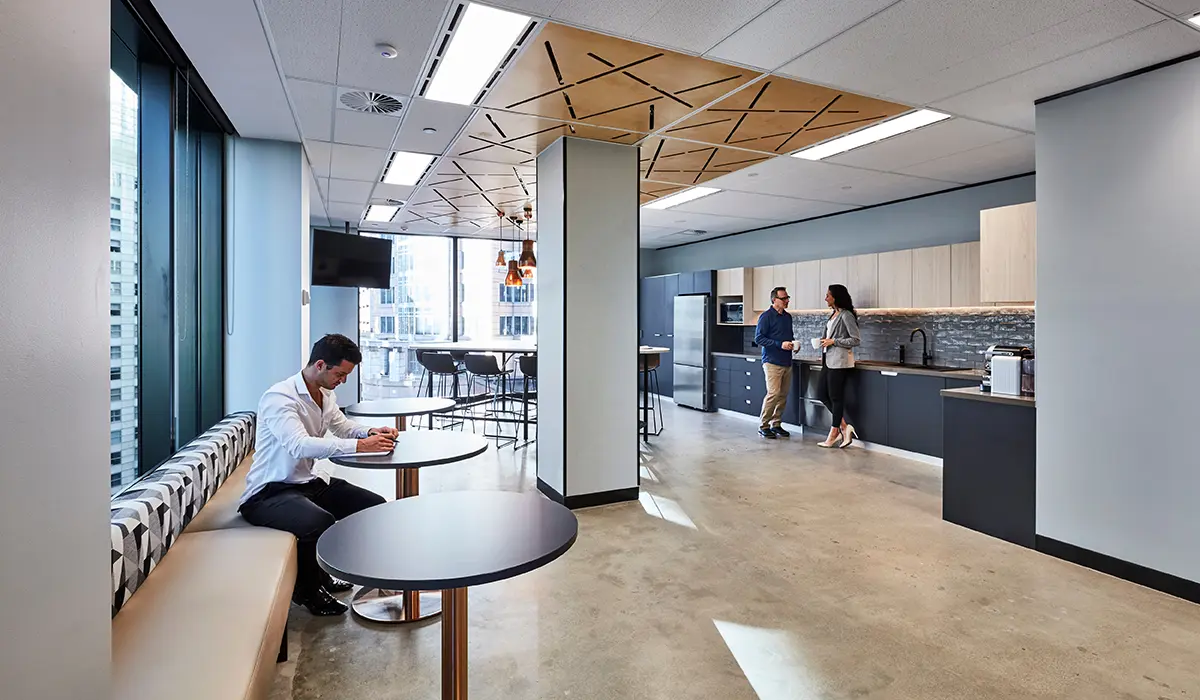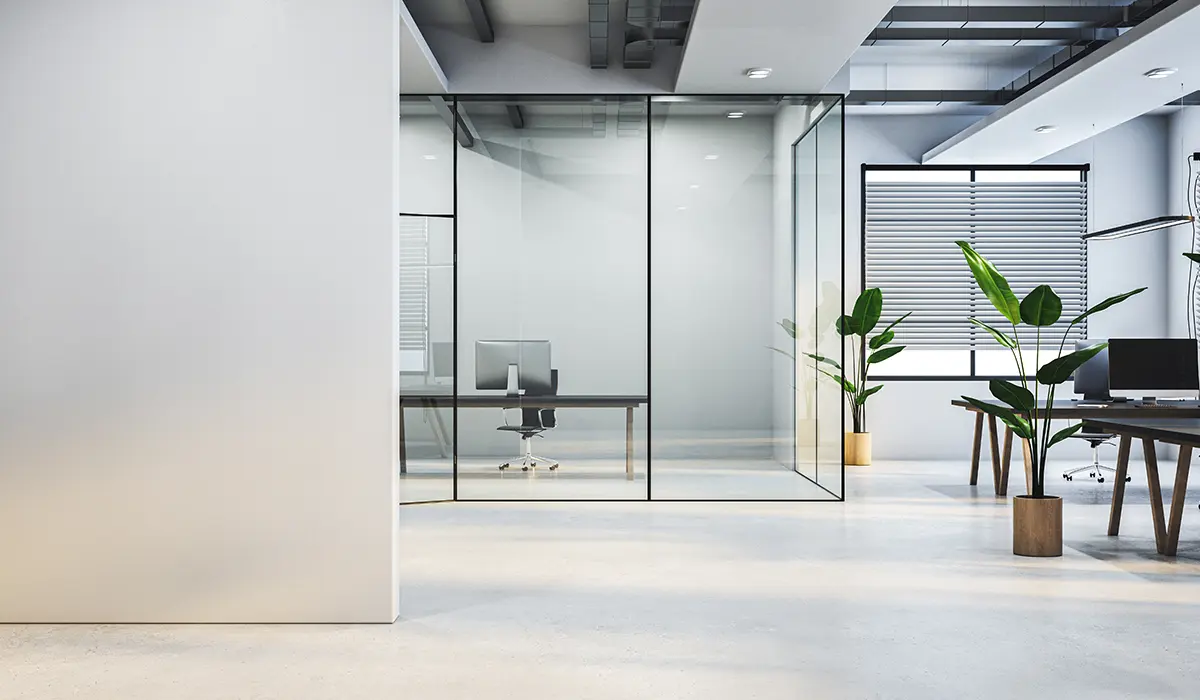How Much Office Space Do You Really Need?
In the pre-pandemic era, office space was a badge of honour. Grand square footage spoke volumes about a company’s success and stability. Yet, the rise of remote work has challenged this traditional notion. Now, many businesses are questioning the true necessity of a sprawling office and the associated costs. So, how much office space do you really need?
The answer, like most things in business, is not a one-size-fits-all solution. It depends on a complex interplay of factors specific to your company. Here we will delve into the key considerations to help you determine the optimal office space for your needs.
The Square Footage Myth
Estate agents listings often trumpet square footage as a primary selling point. While it’s a starting point, focusing solely on this metric can be misleading. The number of employees is certainly a factor, but different work styles and company cultures require varying amounts of space per person.
Here’s a breakdown of typical square footage allocations:
- Traditional Office (Cubicles): 150-250 sq ft per person. This layout offers some privacy but can feel cramped.
- High-Density Office (Open Plan): 80-150 sq ft per person. Maximises space but can be noisy and hinder focus.
- Spacious Office (Private Offices): 250+ sq ft per person. Ideal for privacy and confidentiality but can be expensive.
Beyond Desks: Essential Areas
A functional office goes beyond just individual workspaces. Consider these essential areas:
- Meeting Rooms: Factor in the size and frequency of meetings. Small meeting rooms for 2-4 people might need 100 sq ft, while larger conference rooms for 8+ could require 150-200 sq ft.
- Break Areas and Kitchens: These areas foster collaboration and employee well-being. Allocate 15 sq ft per person for the break area (excluding the kitchen space).
- Amenities: Consider the needs of your team. Do they need a quiet room for focused work? A dedicated training space? Factor these in when calculating total square footage.

Workstyle and Culture
The way your team works significantly impacts space needs.
- Highly Collaborative Teams: An open floor plan with designated collaboration zones might be ideal.
- Focus-Oriented Teams: Private offices or dedicated quiet spaces could be essential for productivity.
- Hybrid Workforce: If most employees work remotely part-time, you might need fewer individual desks and a focus on collaborative spaces for in-person interactions.
Planning for the Future
Don’t underestimate the impact of growth. Factor in projected headcount increases when determining office size. Look for flexible lease options or spaces that can be easily adapted to accommodate future needs.
Beyond Square Footage: Optimising Your Space
Even within a fixed space, there are ways to maximise efficiency:
- Smart Furniture: Utilise space-saving furniture like modular desks or ergonomic chairs.
- Multi-Functional Spaces: Consider furniture that allows for different uses, like chairs with built-in storage or folding tables.
- Technology for Collaboration: Utilise video conferencing tools to reduce the need for dedicated meeting rooms for smaller meetings.
The Cost Equation
Office space is a significant expense. Carefully consider the cost per square foot, including rent, utilities, and maintenance. Compare the cost of a larger, traditional office with a smaller, more optimised space alongside potential benefits in employee productivity and morale.
The Rise of Alternative Solutions
The pandemic has spurred the growth of alternative workspace solutions:
- Co-working Spaces: Shared workspaces offer flexibility and amenities for a fixed monthly fee.
- Satellite Offices: Consider smaller offices in strategic locations closer to employees who don’t come into the central office daily.
The Bottom Line: It’s About Your People
Ultimately, the optimal office space fosters a work environment that empowers your employees to be productive, engaged, and satisfied.
Here are some key questions to ask yourself:
- Does the space promote collaboration and communication?
- Does it offer employees the privacy and focus they need to be productive?
- Does it contribute to a positive company culture and employee well-being?
By carefully considering these factors, you can move beyond the square footage myth and create an office space that truly serves your business and its most valuable asset: your people.
For more information on How Much Office Space You Need and Office Space To Let Barnet contact Highstone Business Centre.
